Creating art inherently creates more art. Now, that might sound weird, but the minute a piece of art is released and consumed, fellow artists are immediately, consciously or not, relating it back to their own art, their own story. Consequently, their next project will inadvertently contain the piece of art that inspired them. On the other hand, some people deliberately just pull from other works of art to create their own. It’s not plagiarism, it’s common practice, especially in the music-making game, and one person who is familiar with it is Chris Martin from Coldplay.
Videos by American Songwriter
Chris Martin is one of the most talented musicians of the 21st century, and Coldplay is arguably the most successful band of the century as well. That being so, one might think they don’t need creative help. Well, they did, everyone does, including Beethoven, as he even lifted aspects of Mozart’s music to make his own. It’s a practice that came into play immediately after the very first piece of music was created. So, again, not plagiarism, common practice, and to an extent, just human nature.
Stories such as these can become quite redundant given their frequency. However, when it comes to Chris Martin, that isn’t exactly the case, as the musician found some unexpected inspiration and a fairly unexpected place for Coldplay’s staple hit, “Sky Full Of Stars”. That place was in the chord progression of Nirvana‘s monster hit single, “Smells Like Teen Spirit”.
Chris Martin Played a Similar Chord Progression to Nirvana
When Chris Martin was writing “Sky Full Of Stars,” he divulged that he needed to find a simple and melodic chord progression he could play over and over again. Well, that is not an easy thing to do, as music fans and listeners can smell out boring repetition. However, Martin achieved his mission, and it was thanks to Kurt Cobain, Dave Grohl, and Krist Novoselic.
Recalling how Nirvana influenced him, Martin told Rolling Stone, “Nirvana being a classic example — ‘Smells Like Teen Spirit’ is the same chord sequence basically the whole time. There’s a simplicity to that. I needed to find a sequence that I could play for ages and ages and ages,” added Chris Martin.
Now, the chord progressions within the two songs aren’t the same. Though, they both utilize the same repetitive chord sequences throughout each respective song, sans their choruses. So, what did we say? Creating art inherently creates more art, and this is just one of the many examples proving that.
Photo by Dave Simpson/WireImage


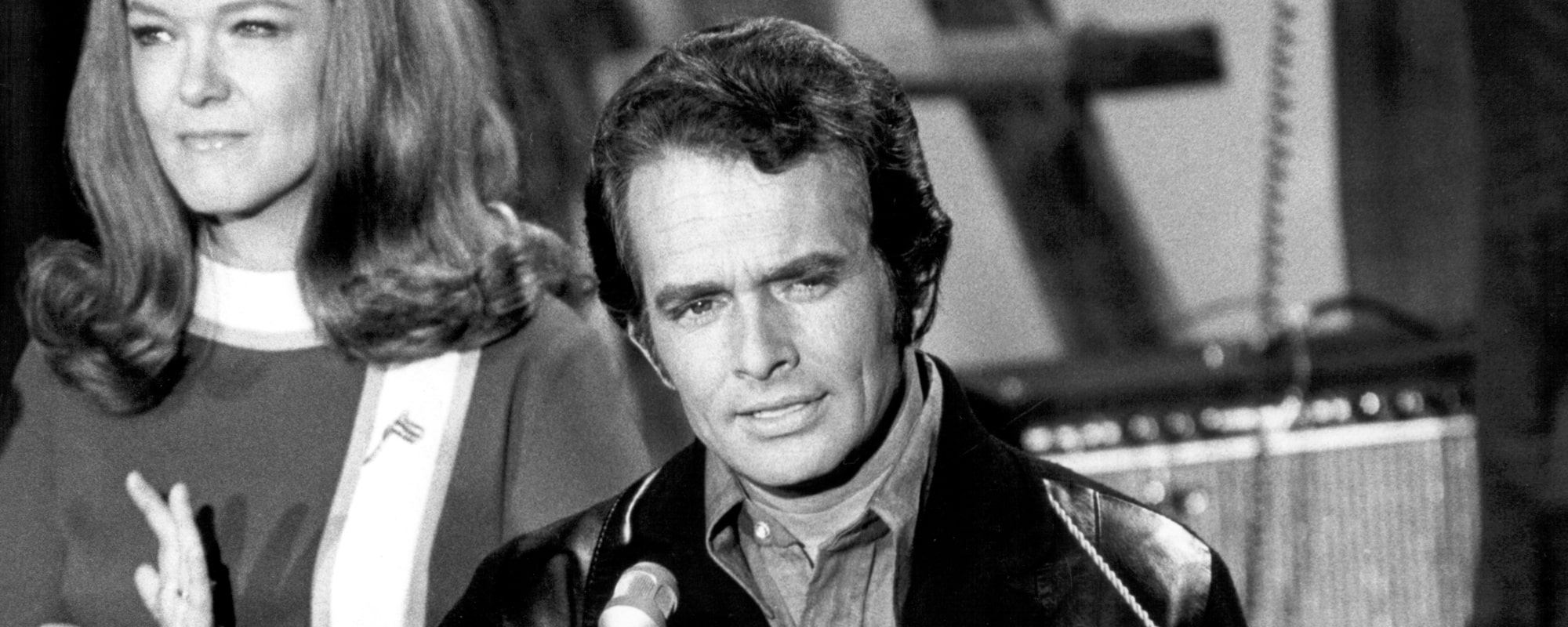
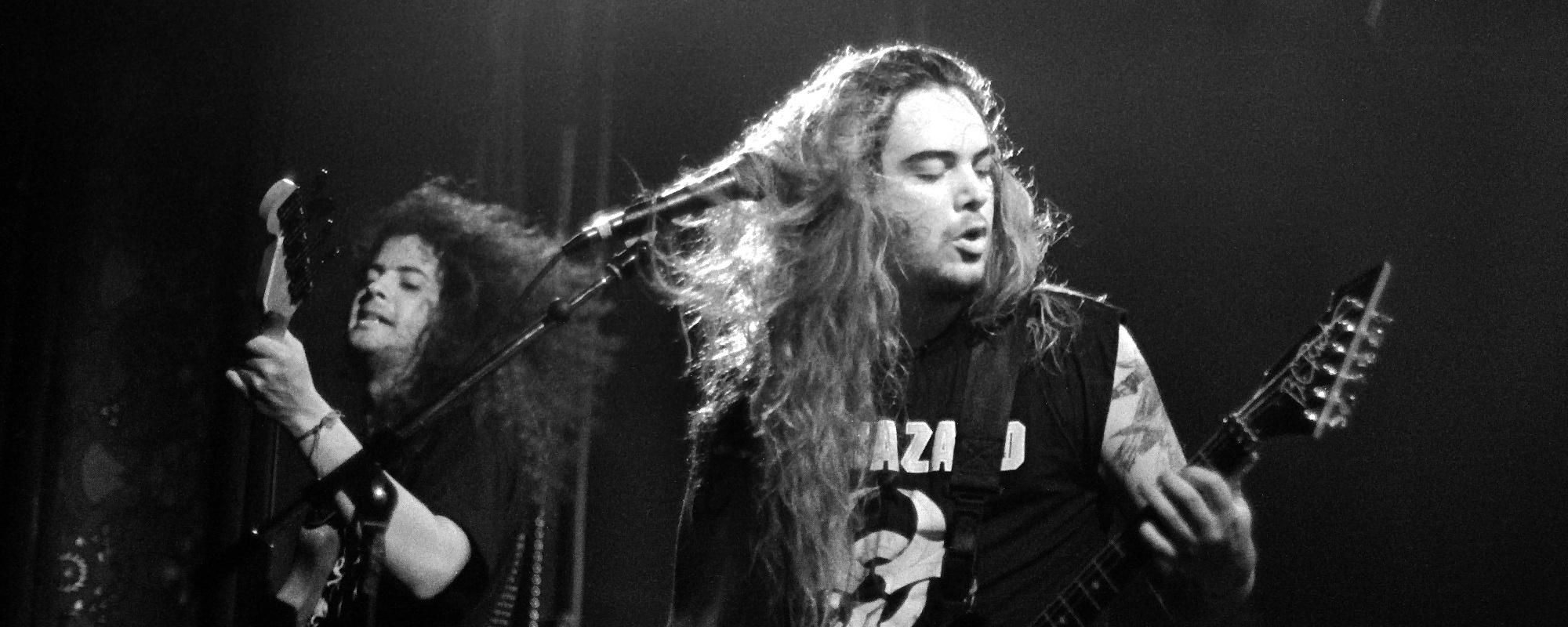

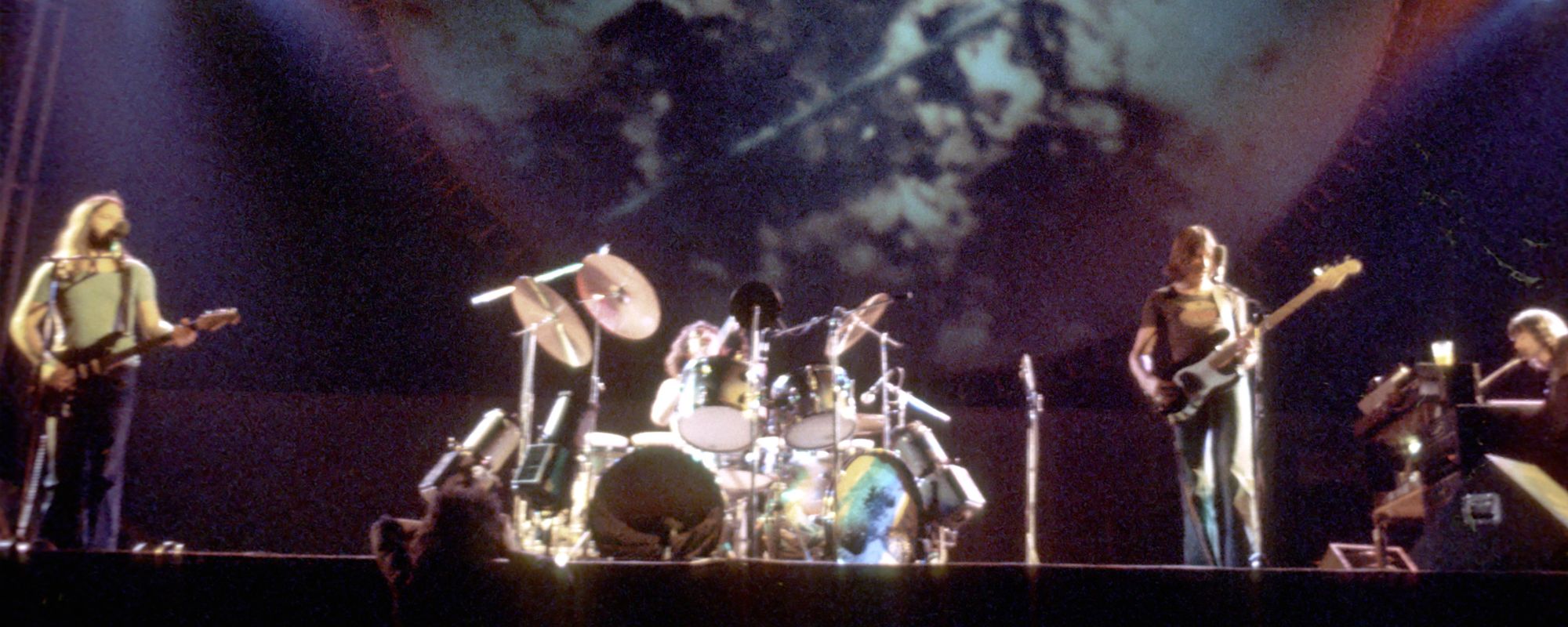
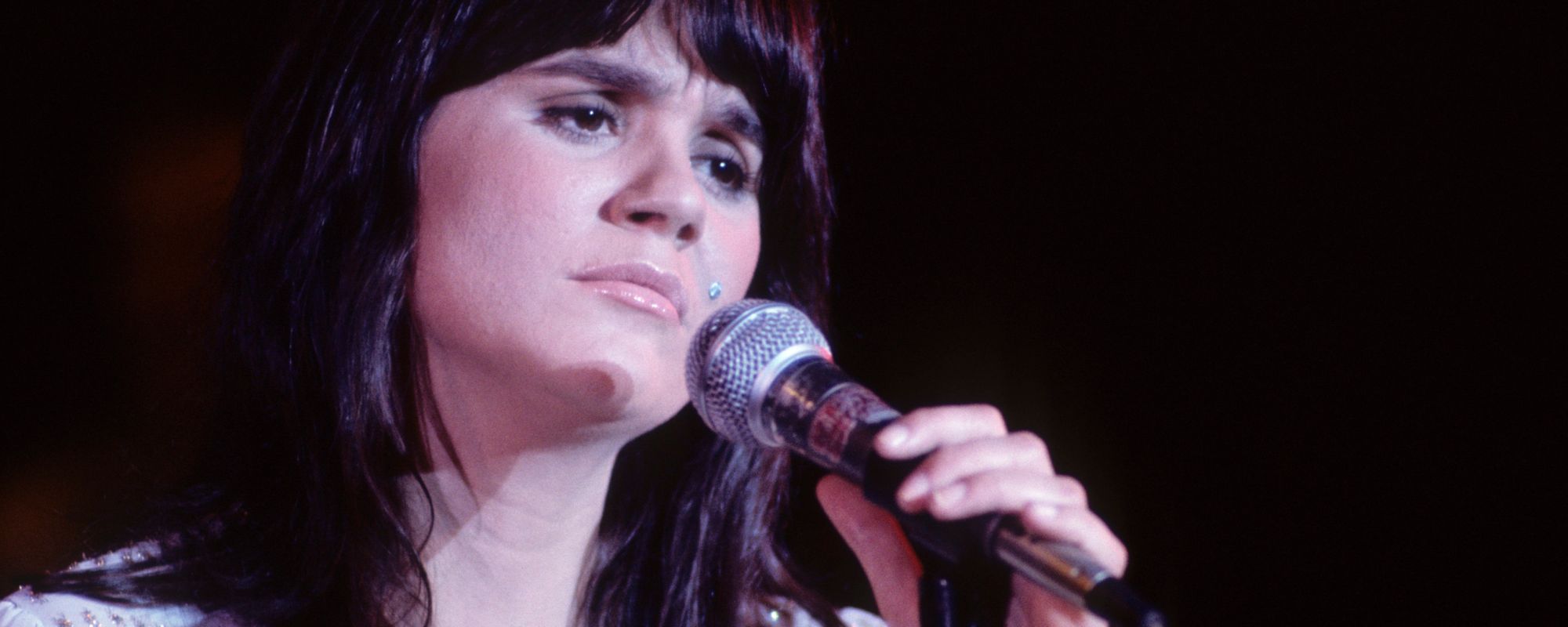


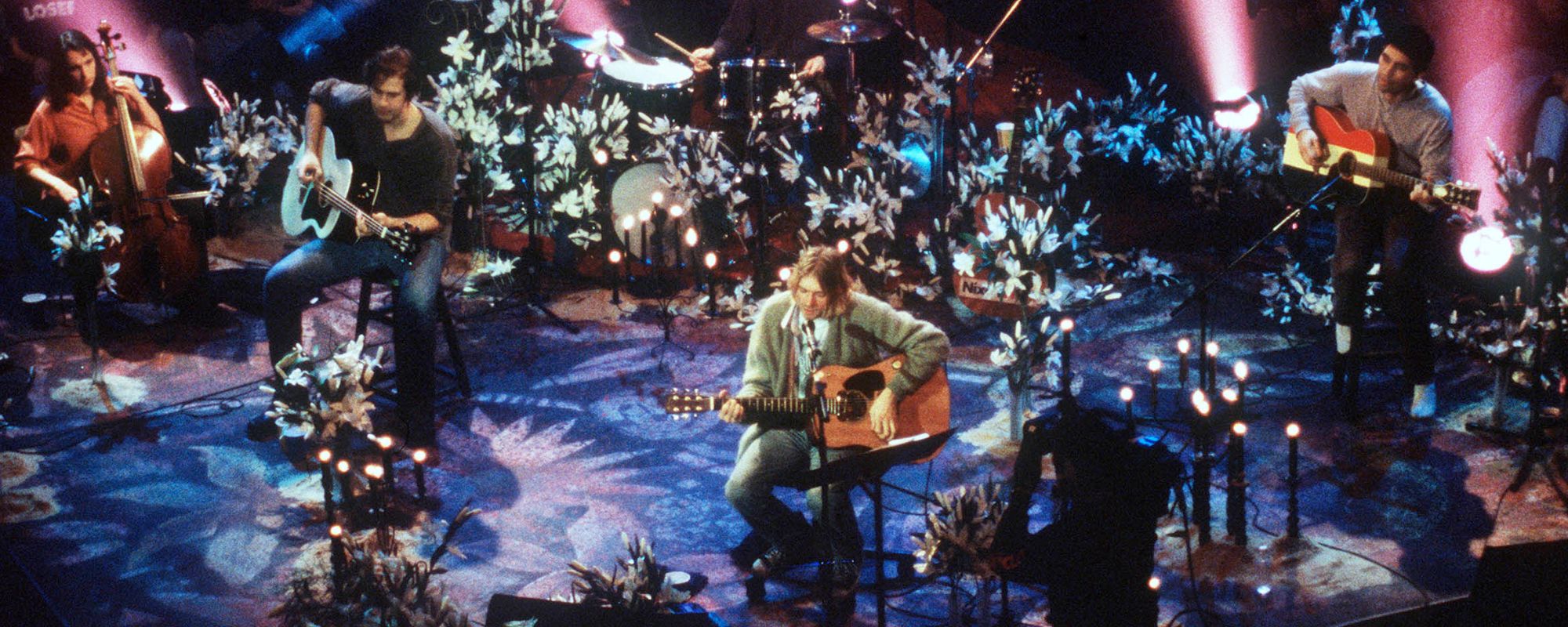

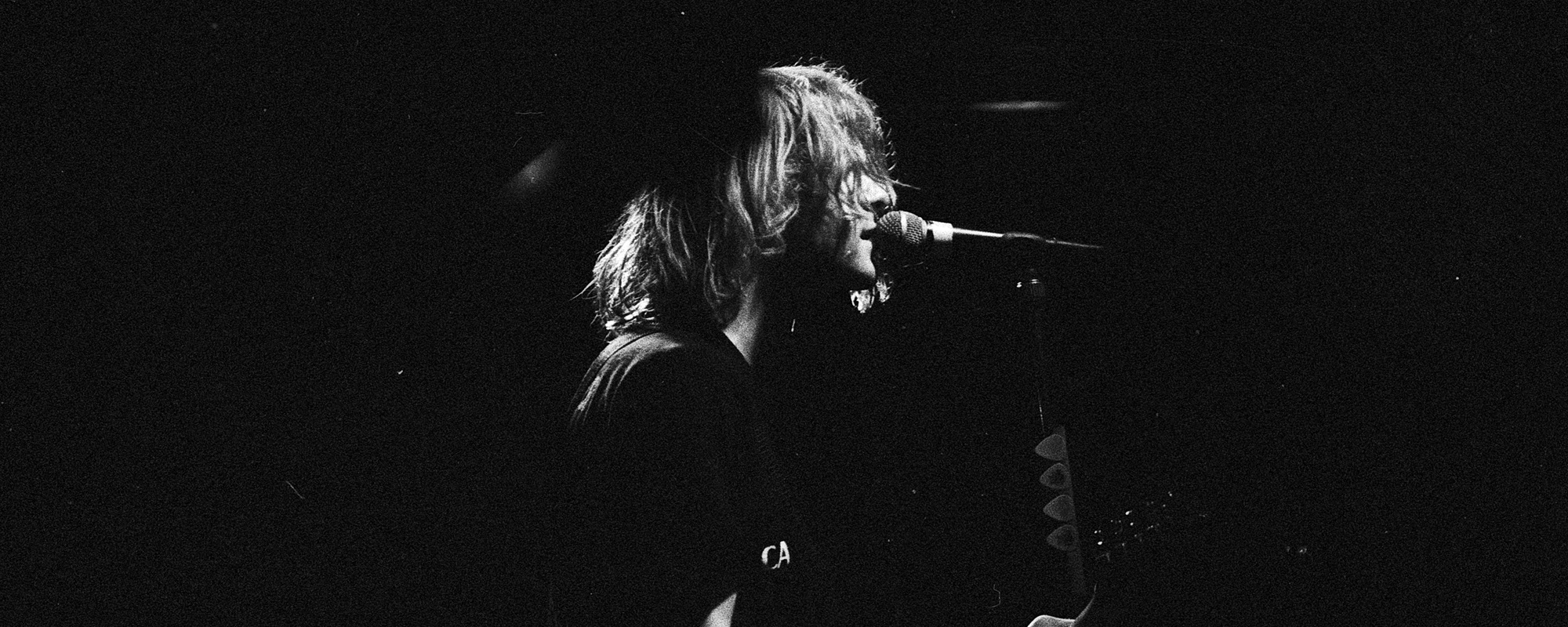

Leave a Reply
Only members can comment. Become a member. Already a member? Log in.